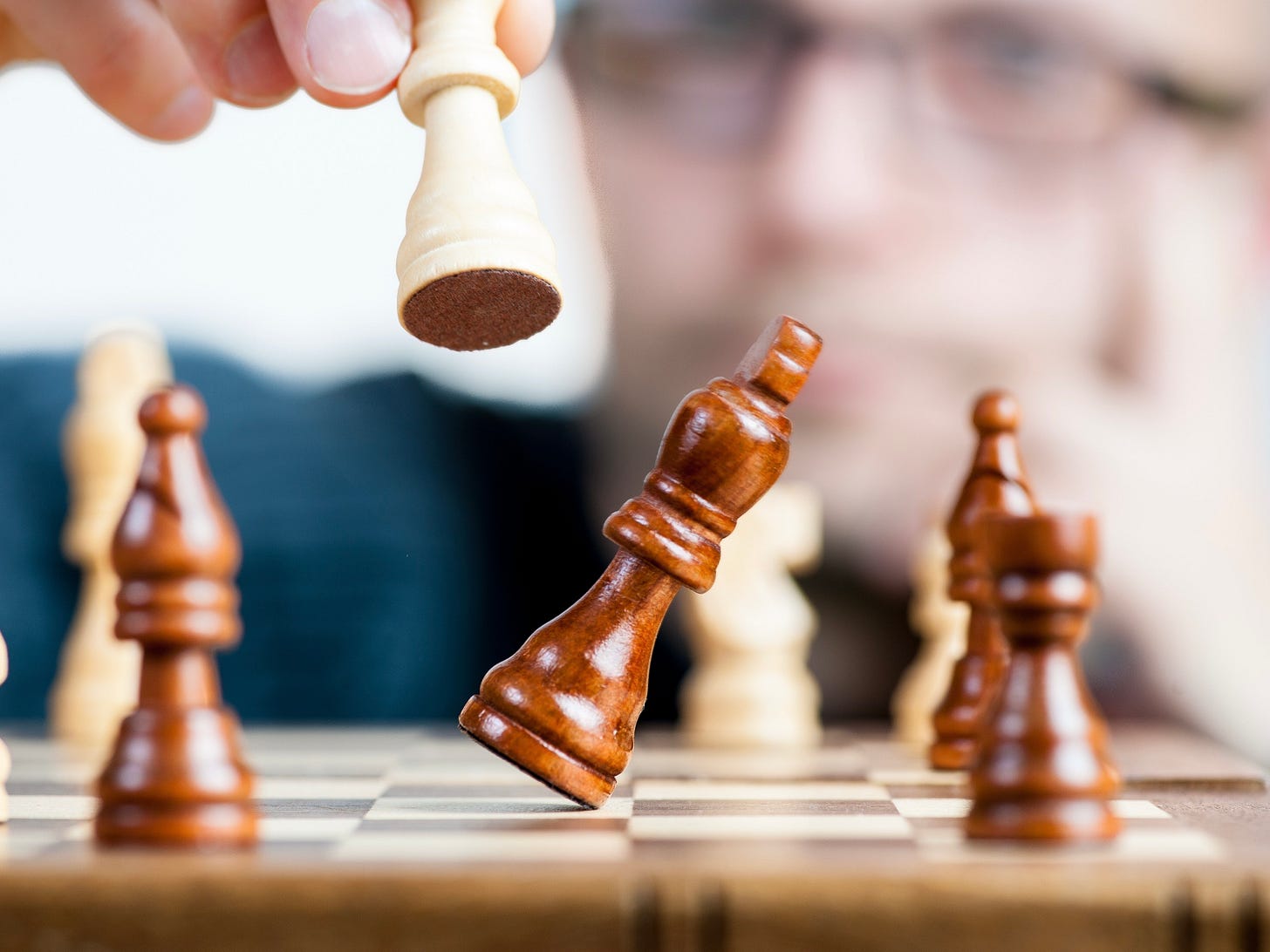According to a research paper by recovery expert Sabine Sonnentag from 2007, there are four major factors of true recovery: mental detachment from work, relaxation, control, and mastery experiences.
A century earlier, English novelist Arnold Bennett wrote a series of articles about the daily organization of time in the “London Evening News”. A year later, he published these articles in book form. Entitled “How to Live on Twenty-four Hours a Day”, that book became an early productivity classic. How we go about our leisure time and recovery was essential to Bennett:
“What? You say that full energy given to those sixteen hours will lessen the value of the business eight? Not so. On the contrary, it will assuredly increase the value of the business eight. One of the chief things which my typical man has to learn is that the mental faculties are capable of a continuous hard activity; they do not tire like an arm or a leg. All they want is change – no rest, except in sleep”.
Based on that notion, Cal Newport has come up with what he calls the “Bennett Principle”: Expending more energy during your free time can end up energizing you more – if it’s high-quality leisure that’s demanding, active rather than passive, and requires real-world, structured social interactions.
As it turns out, play activities that fulfill these requirements provide some of the best ways to get all four of Sonnentag’s factors of true recovery. In his book “Rest”, Alex Pang provides specific examples – both mental and physical – of this kind of play.
First, there are mental play activities, most notably chess. It’s active, demanding and – with its rules, moves and opponent all in the open – highly unambiguous, which makes it both effortlessly relaxing and highly absorbing. Also, playing chess improves the function of our prefrontal cortex – the part of our brain responsible for reasoning and pursuing our longer-term goals – in all walks of life.
Second, there are common physical play activities, such as team sports like tennis, badminton or soccer. Not only are these active and demanding, but also require real-world, structured social interactions. On top of that, the dynamic movements done in these sports improve the function of our prefrontal cortex – unlike linear movements such as running. If you want to delve deeper into how play improves your brain, I recommend Prof. Andrew Huberman’s respective podcast episode.
Third, there are extreme physical play activities, such as mountain hiking or climbing. Unlike taking a walk, which can trigger mind-wandering, these provide mastery experiences and require absolute absorption. In “Rest”, Pang quotes Christof Koch, one of the world’s leading neuroscientists, who describes his experience in the mountains:
“You’re out there on the edge, you’re out there on the sharp end of a rope, and you’re hyper-conscious of the world,” he says. “It’s a form of meditation because you are engaged to such an extent with the world, with the environment, you have to pay such attention to every little unevenness in the rock, that your inner voice – this constant critic that’s always in your head – is completely silent.”
If you liked this post, please share it with others:
Until next week,
Christian





“You’re out there on the edge, you’re out there on the sharp end of a rope, and you’re hyper-conscious of the world,” he says. “It’s a form of meditation because you are engaged to such an extent with the world, with the environment, you have to pay such attention to every little unevenness in the rock, that your inner voice – this constant critic that’s always in your head – is completely silent.”
This looks like a Flow-like experience (https://en.wikipedia.org/wiki/Flow_(psychology) which in turn is an experience that can also apply when playing
Play and productivity seem to have a curious relationship!
... absolutely Mark!